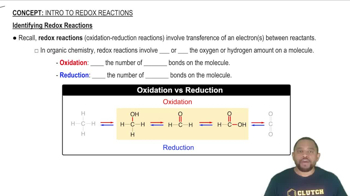Textbook Question
There are three coordination compounds with the empirical
formula Co1NH3231NO223 in which all the nitrite ions
are bonded through the N atom. Two isomers have the
same molar mass but different nonzero dipole moments.
The third compound is a salt with singly charged ions and a molar mass twice that of the other compounds.
(a) Draw the structures of the isomeric compounds.




